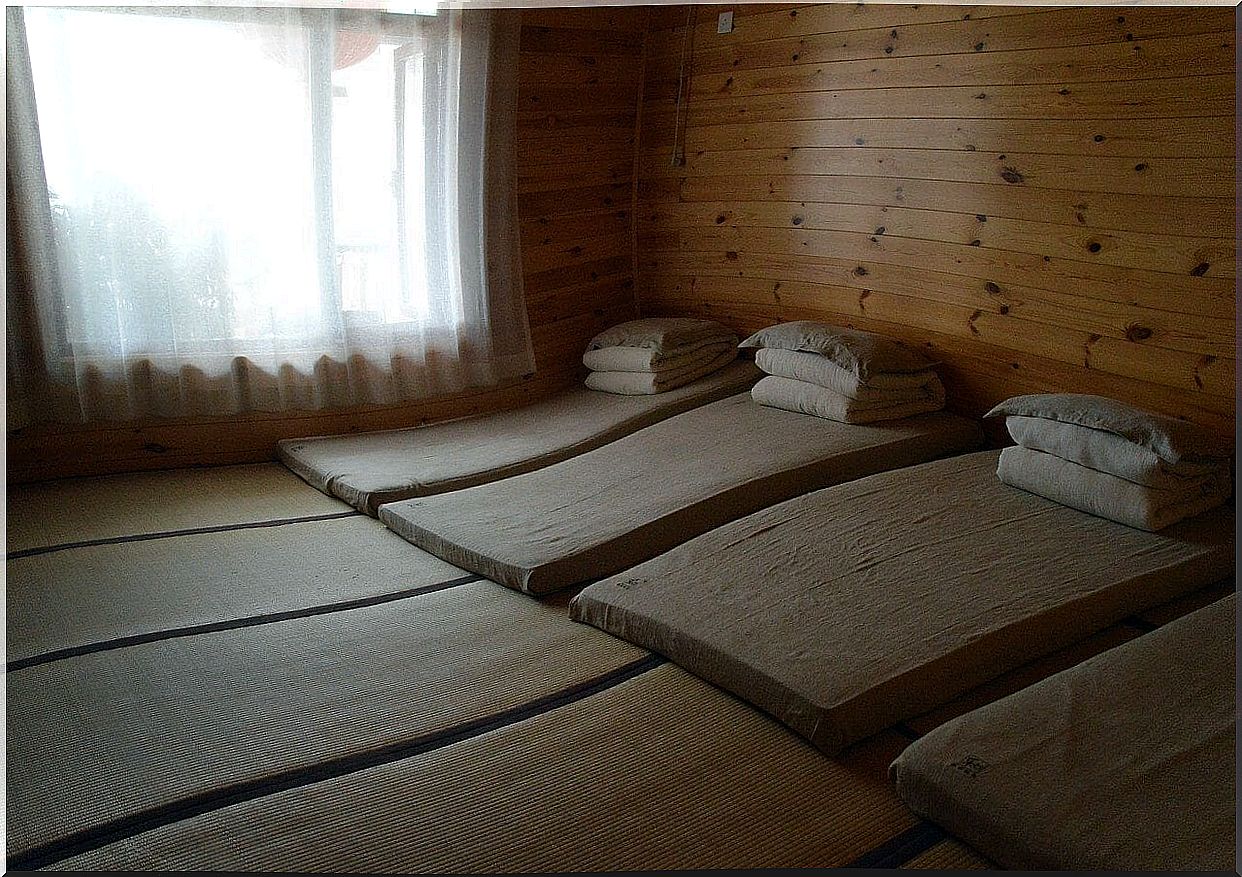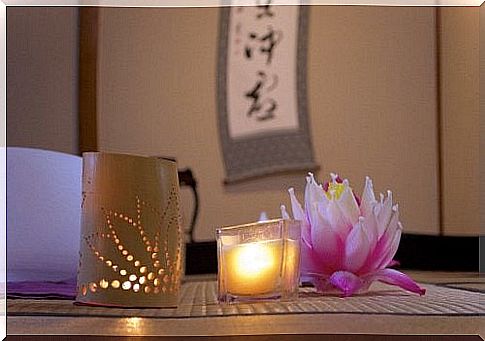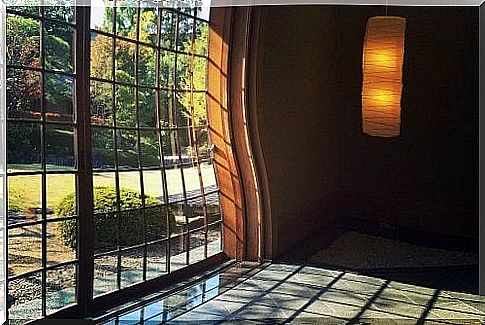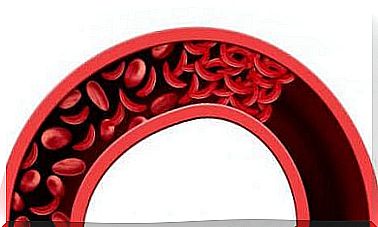Minimalism And Naturalness Condense In Japanese Interior Design

The Japanese interior design style reflects the customs and culture of the country, which is based equally on respecting nature and caring for our living environment. Closeness to nature is also visible inside the walls, as Japanese interiors combine the harmony and serenity of nature.
Minimalism in particular stands out in Japanese interior design, in other words, there is little furniture and even this furniture is very simple and simple. Unnecessary decorative elements are not used at all and the interior focuses only on the essentials. Another important element of the Japanese interior design style is order and cleanliness, as in this organized and responsible culture, disorder or carelessness is not considered good.
The atmosphere created by the Japanese interior design seeks purity, order and connection with nature. The rooms have simplicity and priority is given to precise design and the straightforwardness of the overall interior. Japanese interior design is an ideal style trend for maintaining the cleanliness and order of the home, as well as for conveying the soothing atmosphere of oriental cultures.
How to make the most of Japanese decor in your home?

By following these tips, you can change the space of any of your homes to match the Japanese decor. The first thing you need to keep in mind is that Japanese decor focuses on the minimalist environment possible, that is; only the necessary furniture is needed.
Furniture asymmetry
In Japanese culture, symmetry means getting stuck in place and, conversely, asymmetry refers to creativity. So try to pay more attention to the symmetry and asymmetry of the furniture in the decor of your own home; as you can see, asymmetry is not always a bad thing!
Low beds
Another basic element of Japanese decor is a low bed. Usually, a Japanese bed consists of a rather simple straw mat for a Westerner, also called a tatami. The purpose of a tatami is to give its sleeper both a warm and comfortable sleeping place and vice versa with several beliefs, the hard surface of the tatami also helps to sleep more comfortably.
Low tables and chairs
In Japanese culture, people almost always sit on the floor. Because of this, the tables are very low and thick and comfortable seat cushions decorated in bright colors are used for sitting. The size of the tables is also often considerably smaller compared to Western tables.
Elements of nature
Nature has a very important place in Japanese culture. The Japanese use a lot of wood in their interior, decorate the spaces with plants and give a place of honor to the elements made up of water. To take advantage of Japanese interior design at home, you can add elements such as the following to your interior design:
- Decorate your home with traditional Japanese plants like bamboo and bonsai. These plants bring both greenery and closeness to nature to the interior.
- Take advantage of the large windows in the interior, which open up a lot of green flora.
- Arrange Japanese mini gardens decorated with stone and wood material, for example, in the living room.
- Add small waterfalls to the decor; these elements help to add to the serene atmosphere of the home in sight.
Japanese doors and windows

Sliding doors are widely used in Japan precisely because of the lack of space, but with the help of sliding doors, every square centimeter of a home is also carefully utilized. Japanese sliding doors are usually wide and translucent as they are made of paper and wooden frames. The purpose of these sliding doors is not only the door but also to act as walls.
Japanese windows tend to be really large and always take advantage of the greenery and scenery of the outdoor spaces. The structure of the windows is very similar to doors, as instead of opening a traditional window, Japanese windows are opened by sliding.
Sermit act as excellent room dividers in Japanese interior design thanks to their mobility, translucency and simplicity. With the help of screens, several smaller spaces can be quickly divided into one larger entity, just as a larger entity can be conveniently divided into several smaller spaces.
Japanese baths
In Japanese culture, the bath is an important moment for cleansing and relaxation. This is why Japanese bathtubs are rectangular and deep and the bathtub seat is designed so that the entire body of the user is completely covered with water. Originally, Japanese baths were made from treated wood, so that the aroma of the wood was absorbed into the bath water, creating a relaxing effect on the whole body.
Japanese flower arrangements
It is not at all uncommon in Japanese homes to find traditional flower arrangements, also called ikebana. Ikebana is characterized by straight shapes that mimic the natural state of the flower branches. These floral arrangements are a very important part of the Japanese tradition, as there is also its own ikebana for each holiday.
Japanese interior design is undoubtedly an eye-catching style trend that depicts a passionate and nature-respecting culture in which the intelligent use of small spaces comes into its own. Needless to say, the interior, favored by this prestigious and organized culture, will help make your home a simpler, yet at the same time cleaner and more harmonious environment for living and relaxing.









